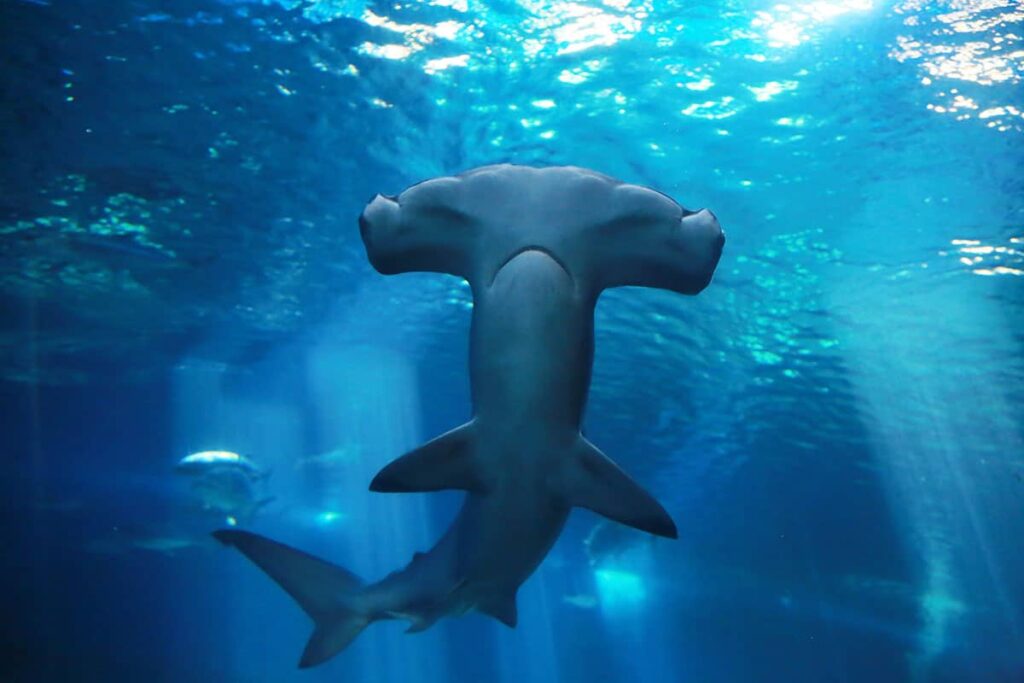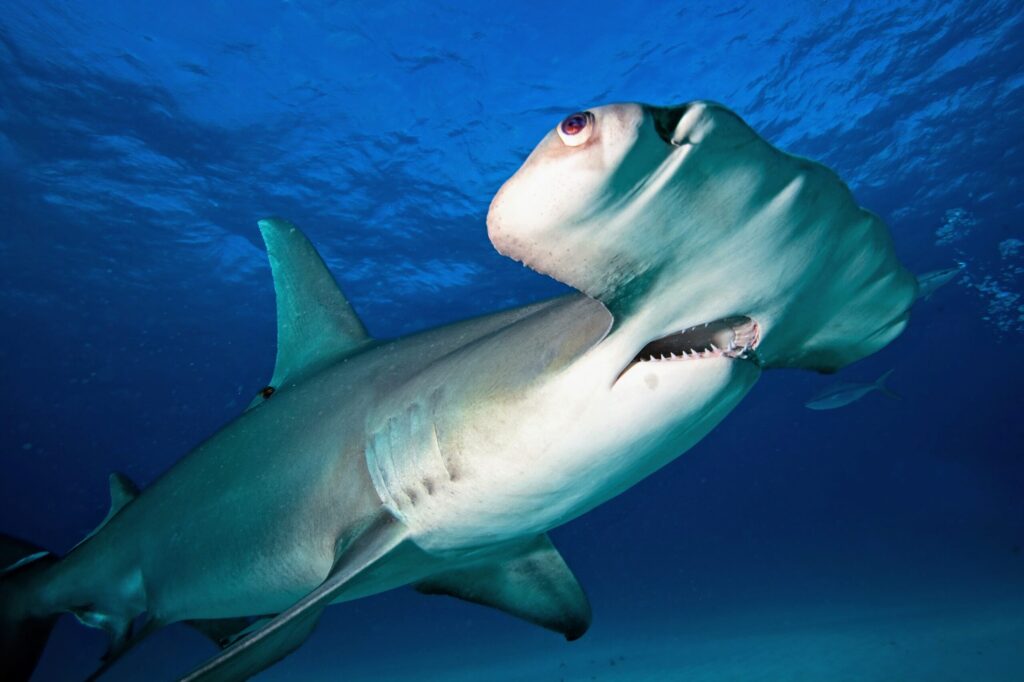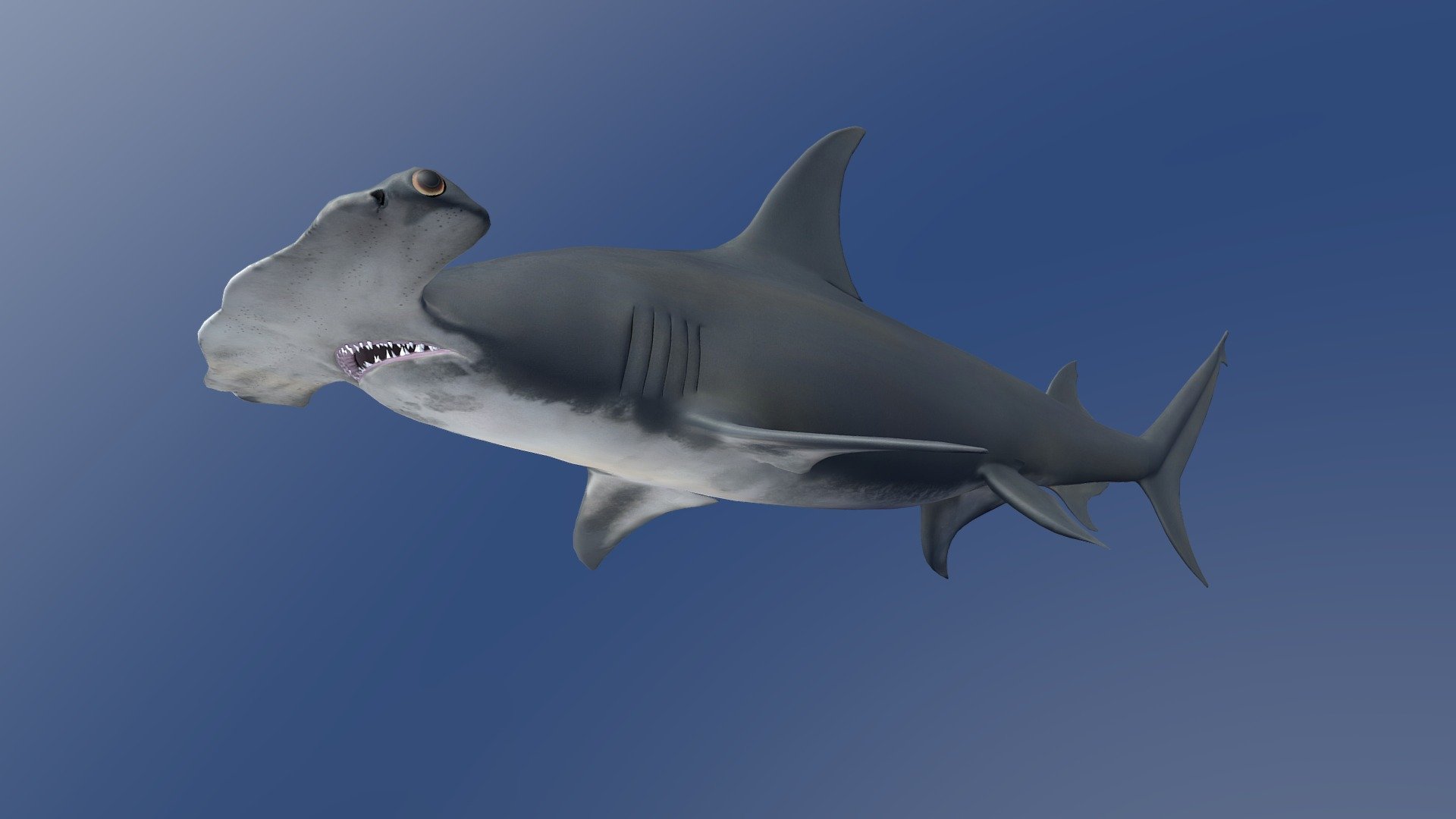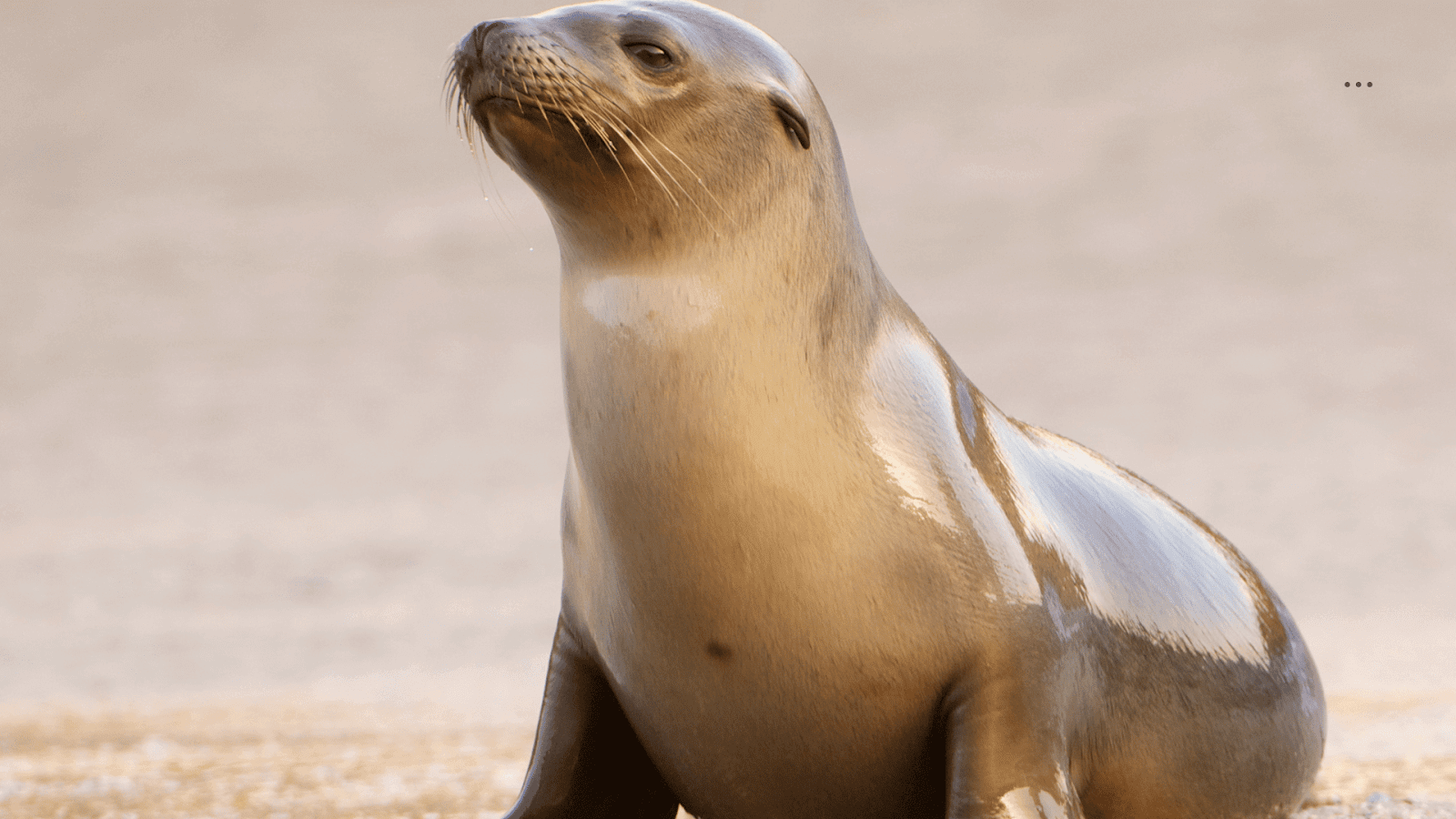Hammerhead sharks, with their distinctive flattened heads and unique appearance, are among the most recognizable species in the ocean. These fascinating creatures play a critical role in maintaining the health of marine ecosystems. However, they face numerous threats that have led to significant declines in their populations. In this article, we will explore how many hammerhead sharks are left in the world as of 2022, the reasons behind their declining numbers, and what is being done to protect them.
Overview of Hammerhead Shark Species
There are nine recognized species of hammerhead sharks, each varying in size, habitat, and behavior. The most common among them include:
- Great Hammerhead (Sphyrna mokarran): The largest species, reaching lengths of up to 20 feet.
- Scalloped Hammerhead (Sphyrna lewini): Known for its distinctive scalloped head shape, this species can grow up to 14 feet long.
- Smooth Hammerhead (Sphyrna zygaena): This species is characterized by a smooth head without the distinctive scallops found in others and can reach lengths of up to 13 feet.
- Sphyrna tiburo: Commonly known as the bonnethead shark, this species is the smallest hammerhead, measuring around 4 feet in length.
Population Estimates
Estimates regarding the global population of hammerhead sharks are challenging due to the vastness of their habitat and the migratory nature of these species. However, recent studies indicate concerning trends in their populations.

According to the International Union for Conservation of Nature (IUCN), many hammerhead species are experiencing significant population declines:
- Great Hammerhead: Classified as endangered, with population reductions of up to 80% in some regions.
- Scalloped Hammerhead: Also classified as endangered, facing similar population declines due to overfishing and habitat loss.
- Smooth Hammerhead: Vulnerable to overfishing, especially in regions with heavy fishing pressure.
In total, it is estimated that the populations of hammerhead sharks have dropped dramatically over the past few decades. Reports suggest that overall numbers have decreased by up to 50% or more in some areas compared to historical figures.
Factors Contributing to Decline
Several factors contribute to the decline of hammerhead shark populations:
Overfishing
Overfishing is the most significant threat to hammerhead sharks. They are often targeted for their fins, which are highly valued in the shark fin soup trade. The demand for shark fins has led to unsustainable fishing practices, including finning, where sharks are caught, their fins removed, and the bodies discarded.
Bycatch
Hammerhead sharks are frequently caught as bycatch in commercial fisheries targeting other species. This incidental capture can lead to significant mortality rates, especially for juvenile sharks.
Habitat Loss
Coastal development, pollution, and climate change are also factors that threaten the habitats of hammerhead sharks. These sharks often inhabit coastal areas for breeding and feeding, and habitat degradation can lead to a decline in their populations.
Climate Change
As the climate changes, ocean temperatures rise, affecting the habitats and food sources of hammerhead sharks. Changes in water temperature can alter their migratory patterns, breeding behavior, and prey availability.

Conservation Efforts
Recognizing the plight of hammerhead sharks, several conservation measures have been implemented to protect these species:
International Regulations
Many countries have enacted regulations to protect hammerhead sharks, including restrictions on fishing, size limits, and seasonal closures to allow for breeding.
CITES Listing
The Convention on International Trade in Endangered Species of Wild Fauna and Flora (CITES) has included several species of hammerhead sharks in its appendices, regulating international trade to prevent over-exploitation.
Local Initiatives
Many marine protected areas (MPAs) have been established worldwide to provide safe havens for hammerhead sharks. These areas limit fishing activities and promote the conservation of marine habitats.
Education and Awareness
Public awareness campaigns aim to educate communities about the importance of hammerhead sharks and the threats they face. By fostering a better understanding of these species, conservation organizations hope to reduce demand for shark products and promote responsible fishing practices.
Conclusion
As of 2022, the global population of hammerhead sharks remains concerningly low, with many species classified as endangered or vulnerable. The combination of overfishing, habitat loss, and climate change has contributed to significant declines in their numbers. However, ongoing conservation efforts, regulations, and public awareness campaigns are crucial in ensuring the survival of these remarkable creatures. By understanding the challenges they face and supporting conservation initiatives, we can help protect hammerhead sharks for future generations.
Call to Action
If you want to contribute to the conservation of hammerhead sharks, consider supporting organizations that work towards their protection, participating in beach clean-ups, and spreading awareness about the importance of these incredible animals. Together, we can make a difference in safeguarding our oceans and the unique species that inhabit them.
Other Articles: Why Green Waste Removal is Essential for a Healthy Environment



